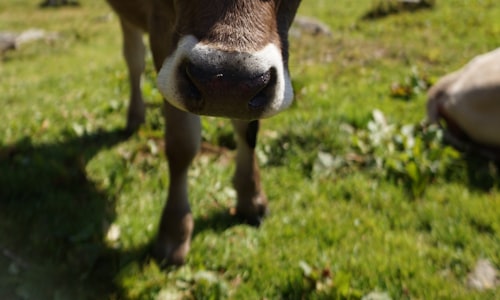14th Century facts
While investigating facts about 14th Century, I found out little known, but curios details like:
The Plague solved an overpopulation problem in 14th century Europe. In the aftermath wages increased, rent decreased, wealth was more evenly distributed, diet improved and life expectancy increased.
Jeanne De Clisson, a 14th century Pirate Queen who took to the seas out to get revenge on the French king for executing her husband. She sold her estates and raised an army, raiding French ships with no mercy. She had 3 ships; they were painted black and their sails were red.
In my opinion, it is useful to put together a list of the most interesting details from trusted sources that I've come across. Here are 50 of the best facts about 14th Century I managed to collect.
-
A revolt of textile workers in 14th century Florence led to the son of a washerwoman becoming president when he entered the palace barefoot and overthrew the oligarchic government. For 4 years the republic was ruled almost entirely by middle class artisans and shopkeepers
-
Due to China’s early discovery and love of ceramics they didn’t produce any glass between the 14th-19th century. This meant they didn’t have mirrors and windows etc, leaving them behind in sciences, as they didn’t make lenses and other things fundamental to science.
-
Mansa Musa, ruler of the Mali Empire in the 14th century, is the richest person who ever lived(inflation adjusted)
-
The Black Death killed so many people in the 14th century that the world population did not recover to pre-plague levels until the 17th century.
-
When the Mongol army was withering from the 14th century bubonic plague epidemic, they decided to catapult their infected corpses over city walls before invading. This is considered one of the first acts of biological warfare
-
The earliest known recipe for macaroni & cheese dates back to 14th century England
-
A tombstone dating to 1342AD was found in Eastern China of a woman named "Katarina Vilioni", sister of Antonio and daughter of Domenico. This suggests a thriving Italian community in 14th century China
-
The saying "bless you" after a sneeze comes from 14th century Pope Gregory VII, who asked it be said after every sneeze to protect against the plague.
-
Stalin ordered in 1941 to open the tomb of the 14th century warlord Tamerlane. There was an inscription that read "Whoever opens my tomb shall unleash an invader more terrible than I". Germany launched the invasion to the USSR that very day.
-
The 14th century B.C.E. Egyptian Pharaoh Akhenaten's name was so thoroughly erased from history for installing a new state religion that researchers didn't rediscover his name until they found his tomb in 1907, over 3200 years later.

What is true about 14th century?
You can easily fact check it by examining the linked well-known sources.
The attempt to create a punctuation mark for irony and sarcasm has lasted since the 14th century and we still haven't agreed on one. An agreement is coming any day now ⸮
The Bubonic Plague aka 'Black Death' epidemic of the 14th Century was so widespread partly because Pope Gregory IX had declared cats to be associated with devil worship. Because of this, cats across Europe faced a mass extermination which in turn helped infected rats to thrive. - source
Between the 14th-19th centuries, due to their early invention and love of ceramics, no glass was produced in China. Due to this, they were left behind in the progression of sciences and didn’t have things like glass windows and mirrors. - source
King of Bohemia Charles IV, who commissioned the construction of Prague's Charles Bridge in the 14th century, was rumored to have ordered that egg yolks be added to enrich the mortar and strength the bridge's structure. Scientific evidence indeed found the presence of egg proteins in the mortar.
Even though Calculus is widely believed to have been invented by European scientists during the 14th century, its mathematical principles were actually used by Babylonian astronomers over 2000 years ago. - source
Because the Western European medieval monastic day began at 6 am, the word “noon” originally referred to “3 pm” and is derived from the Latin “nona hora” (“ninth hour”). During the 12th-14th centuries, its meaning in English shifted to “midday” and the time gradually moved back to 12 pm.
The Black Death was originally spread to Europe in the 14th century by Mongols catapulting infected corpses into an Italian trading outpost in Crimea, who fled and unwittingly carried the disease back to Sicily where it proceeded to wipe out up to 60% of Europe's population in four years
Up until the 14th century a ceremony was practiced in the Catholic Church to unite together two people of the same sex (normally men) in church-recognized friendship.
During the 14th century, medical experts from Paris declared bathing a health concern because it was claimed warm water opened pores and made people more susceptible to bubonic plague
Medieval historians have found evidence that a nun in the 14th century faked her own death and crafted a dummy “in the likeness of her body” in order to escape her convent and pursue – in the words of the archbishop of the time – “the way of carnal lust”.